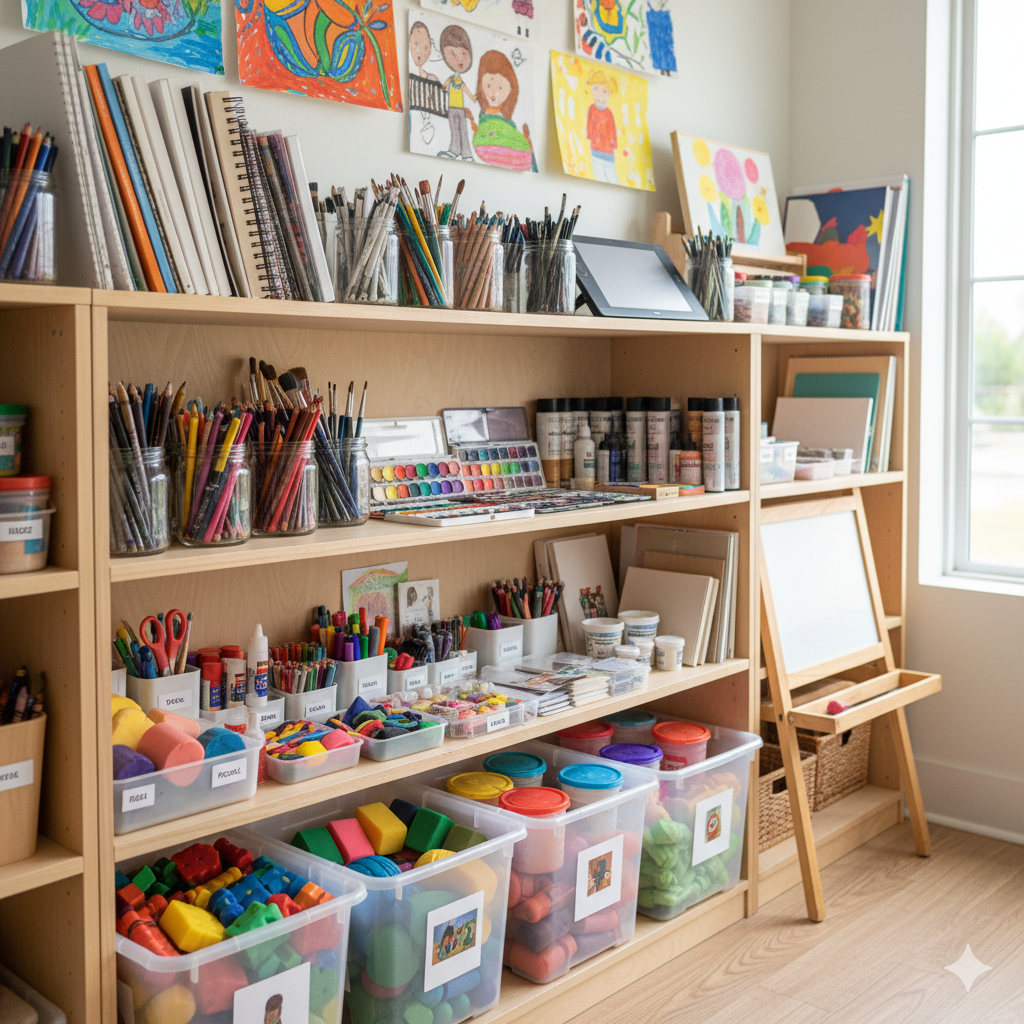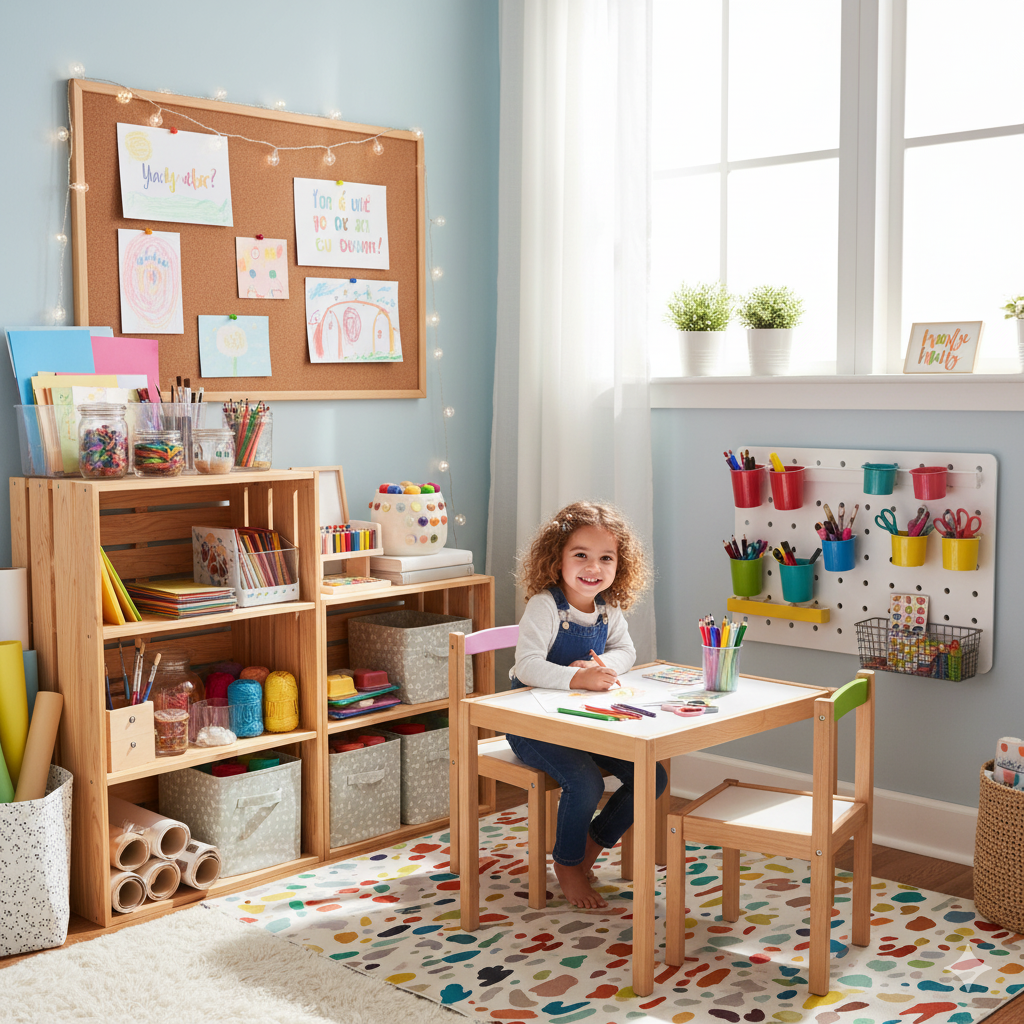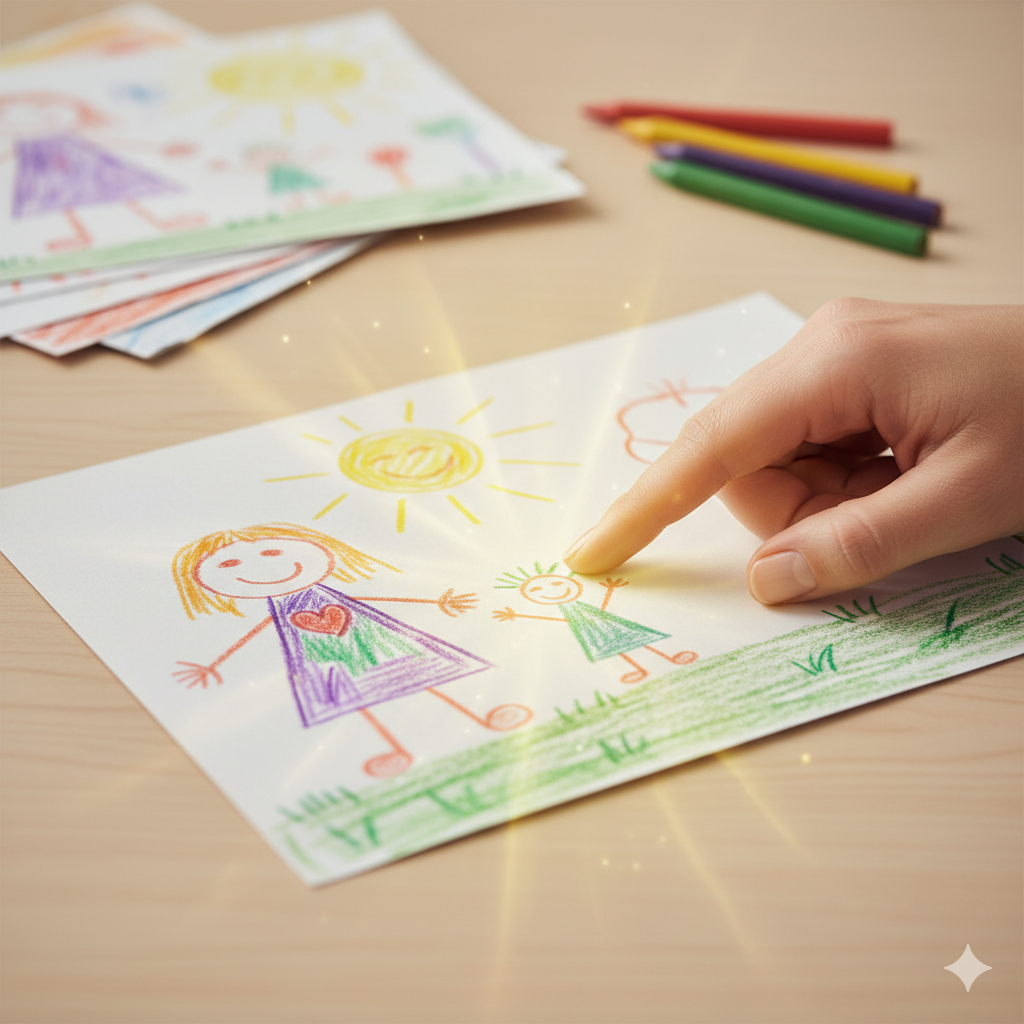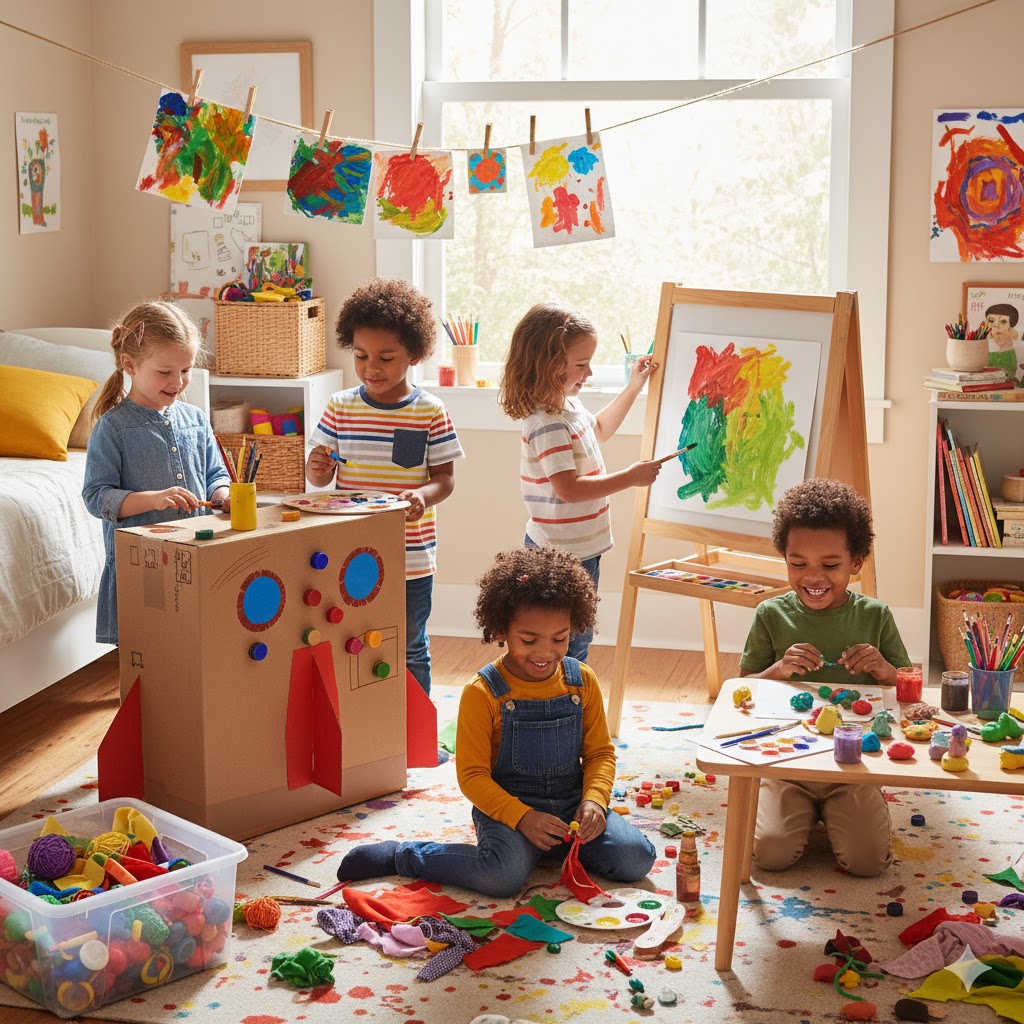Best Art Supplies for Different Age Groups
I remember the first time I handed my two-year-old daughter a regular-sized crayon. She immediately tried to put it in her mouth, and when that didn’t work, she held it like a hammer and began banging it on the paper. That moment reminded me that choosing the right art supplies isn’t just about sparking creativity—it’s also about safety, confidence, and developmental growth.
Selecting art materials suited to your child’s age can make a world of difference. Safe, age-appropriate supplies encourage freedom and creativity while preventing frustration or injury. Here’s how to choose the best art supplies for every stage of childhood.
Why Age Matters When Choosing Art Supplies
The Safety Factor
Safety goes far beyond avoiding small parts. Young children are curious, and they explore the world with all their senses—including taste. For toddlers, this means art materials should be large, non-toxic, and free of sharp edges. As kids grow, the focus shifts toward teaching responsible use of more advanced tools. When children can explore safely, they gain independence and confidence in their creative process.
Matching Materials to Development
Each age brings new levels of motor control, focus, and imagination. Art supplies should evolve along with those changes. Younger children need thick, easy-to-grip tools and forgiving mediums like washable paint. As fine motor skills improve, materials can become smaller and more precise—like colored pencils, clay tools, or digital styluses. The right challenge keeps children engaged and motivated without overwhelming them.
Confidence Through Success
When children use tools that match their skills, they feel successful. A toddler using chunky crayons can see instant, colorful results. A tween sketching with professional pencils can experiment with shading and composition. Every successful project boosts their confidence and encourages lifelong creativity.
Toddlers (Ages 2–3): Safety First
At this age, exploration is messy—and that’s okay. Focus on safe, easy-to-hold materials that support big movements and sensory discovery. Think large crayons, washable markers, finger paints, and thick brushes. Paper should be oversized and durable, like construction paper or newsprint, so toddlers can scribble freely.
Always look for non-toxic certifications such as ASTM D-4236 or the AP Seal. Avoid anything small enough to swallow, as well as sharp scissors or permanent markers. For toddlers, the best supplies are those that let them create boldly and safely—without constant worry.
Preschoolers (Ages 3–5): Building Skills
Preschoolers are eager to express themselves and can handle more variety. Introduce materials that encourage coordination and early design thinking. Crayons, colored pencils, and washable markers help refine grip and control. Simple watercolor sets or tempera paints allow them to explore color mixing. Add craft supplies like construction paper, glue sticks, and safety scissors to build early cutting and pasting skills.
This stage is all about discovery—mixing colors, layering textures, and seeing how shapes come together. Provide materials that respond well to experimentation and help them understand basic cause-and-effect relationships in art.
School-Age Children (Ages 6–9): Expanding Horizons
As children enter school, their fine motor skills and patience increase. They’re ready for higher-quality materials that reward precision. Artist-grade colored pencils, charcoal, and fine-tip markers open new creative possibilities. Watercolors and acrylics teach layering and technique. Encourage projects that combine different mediums, such as drawing on canvas or incorporating collage elements.
At this stage, it’s worth investing in better materials that perform consistently and last longer. Children will begin to care about results and may start developing a personal style. Offering them tools that produce satisfying results helps sustain their enthusiasm.
Tweens and Teens (Ages 10+): Creative Independence
Older kids are ready to explore professional techniques and develop unique voices. Quality sketchbooks, professional pencils, and specialized brushes let them refine their craft. For those interested in digital art, tablets and styluses can open a new world of creative expression.
Teens often begin exploring different art forms—sculpture, photography, printmaking, or mixed media. At this point, provide variety and quality. Encourage them to think like artists: experimenting, curating, and even displaying their work. If they’re considering art as a career path, start building a simple portfolio and teach how to care for materials responsibly.
Budget-Friendly Options
Art doesn’t need to be expensive to be inspiring. Look for sales at art supply stores, check online reviews, or visit thrift shops for unique finds. Focus spending on essentials—like brushes and paper—and save by experimenting with affordable versions of specialty materials.
You can also make art supplies at home. Homemade play dough, finger paints, or stamps from everyday items are great low-cost alternatives. Reusing materials like cardboard or packaging teaches creativity and sustainability at the same time.
Storage and Organization
A well-organized art space encourages independence. For toddlers, use low shelves and clear bins they can access themselves. Preschoolers benefit from labeled containers with pictures and words. Older children can manage more detailed organization—separating paints, papers, and tools by type. Teens may appreciate studio-like setups with secure, portable, or display-ready storage.
Regular maintenance keeps supplies in good shape: clean brushes, cap markers, and replace broken tools. Periodically check safety and update the setup as children grow.
Conclusion
Choosing art supplies that align with your child’s age and development supports both creativity and confidence. The goal isn’t to fill drawers with materials—it’s to select the right ones that inspire consistent use and joyful exploration.
As your child grows, their artistic needs will evolve. Stay flexible, follow their interests, and upgrade materials that match their expanding skills. The best art supplies are the ones that encourage them to create freely, proudly, and often.
Want to understand your child’s creative growth more deeply? Our AI-powered drawing analysis tool can reveal insights into their artistic techniques and developmental progress. Try it here to see what their artwork says about their imagination and skill.



